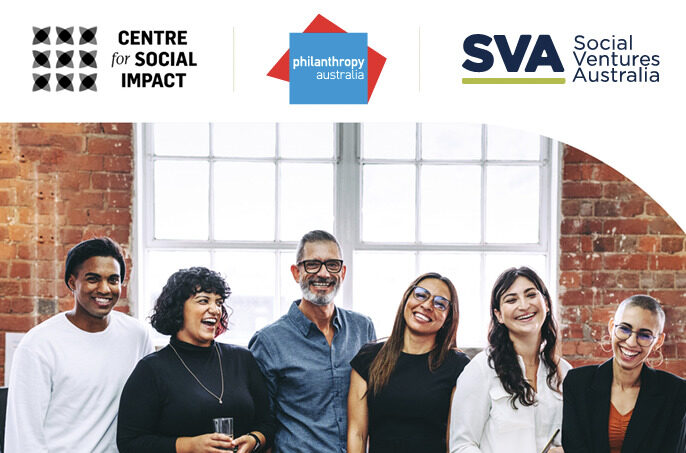
By: Sam Thorp | Manager, Consulting, Social Ventures Australia
At the heart of the recent Pay What It Takes report is the acknowledgement that to actually pay what it takes, we need to understand what it takes and that we have to pay for it.
NFPs and funders already know that they are often in the dark about the true costs to create impact. Ironically, long-term underfunding means that many NFPs have not been able to invest the time and resources to understand what their true costs are.
What has emerged from the research are two clear themes – better guidance and better skills will lead to both NFPs and funders improving their understanding of what it takes.
Understanding what it takes
A recent paper on Breaking the Starvation Cycle by Humentum, which looked at this issue on a global scale, suggests a number of potential remedies that funders can take to ensure they understand the costs of impact. These included:
- Providing and promoting accessible policies, guidance, templates, and training for both staff and grantees about full and fair cost coverage.
- Providing training and coaching to grantees about cost recovery practices and how to justify costs to funders
- Training grantees in negotiation skills with funders, and training funder staff in how to reduce the power imbalance
- Collecting anonymised data about the adequacy of cost coverage provided by funding, to measure progress towards good practice
The research underlines the importance of stronger support and training for NFPs and funders to help strengthen their insights in to paying what it takes.
Paying for it
There is more than one way to pay what it takes. Through our work, we encountered three common ways that foundations are thinking about how to provide full cost funding:
- Unrestricted funding – often held up as the gold standard, providing unrestricted funds allows organisations the flexibility to spend funds as necessary.
- Full indirect costs in project grants – some funders, such as the MacArthur Foundation, simply set a high standard proportion of grant funding to go towards indirect costs in addition to the amount applied for (in MacArthur’s case, 29%). Other funders take a more case-by-case view, working with grantees to understand their true indirect costs, which can vary substantially by industry and organisational model.
- Capacity building funding – Providing direct support for core costs or improving the skills of staff. This still needs to be done carefully and consultatively, as capacity building can still incur true costs at an organisation.
There are also innovative funding programs that combine these – for example, the Ford Foundation BUILD program combines unrestricted funding with capacity building funding for organisations, to significant success.
At our first workshop on strategies to pay what it takes, groups engaged with five case studies of Australian foundations and trusts that are already doing this work and heard from their funding recipients about what a difference it is making. This ably demonstrated that paying what it takes can be done in diverse contexts in different ways – for example:
- by a small foundation giving up control to enable Aboriginal self-determination
- by a corporate foundation providing long term and unrestricted financing to social enterprises after intensive due diligence
- as a core strategy of a foundation including in establishing organisations to address gaps around significant issues, such as climate change
- by trustees seeking to build the capacity of the sector with multi-year general operating support to a sector-wide intermediary
- by a large foundation and community foundations in seeking to support self-determined and Aboriginal governance of a fund.
At our next workshop on the 16th of June, Practical full-cost funding for NFPs and Funders, we will explore what it actually takes for funders and NFPs to pay what it takes, and what is needed to help the sector reach that goal. Registrations are still open here.
For more information about the workshops and ongoing work on this topic, contact Sam Thorp at [email protected] and Lynne Umbers at [email protected].